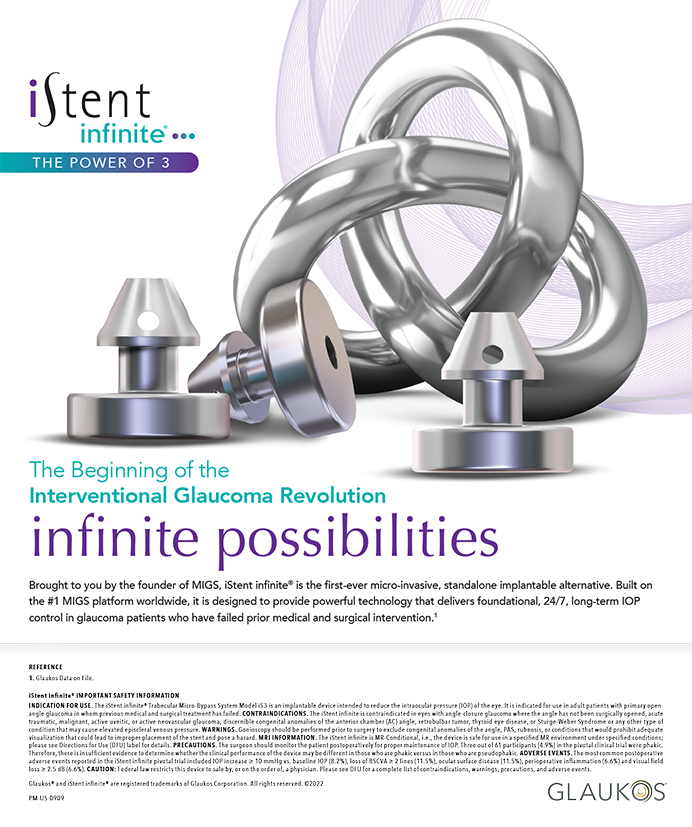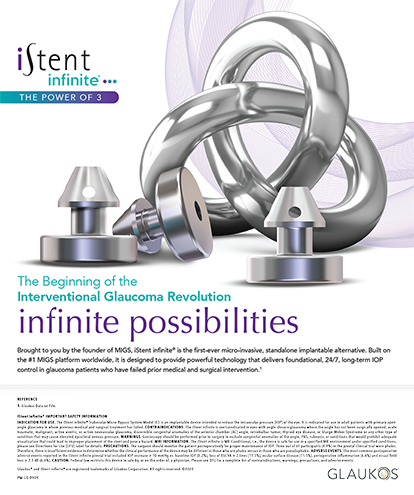
Customer service is a critical aspect of any business. In the ophthalmic industry, customer service has a direct impact on patient satisfaction and their overall experience. Patient reviews provide valuable insight into what is working well in your practice and what needs improvement. Understanding the significance of online reviews is key to thriving in an increasingly competitive landscape.
DECODING PATIENT REVIEWS FOR QUALITY IMPROVEMENT
Because patient reviews offer a window into their experiences, they are a tool for refining customer service and fostering practice growth. A systematic analysis of these reviews can reveal patient perceptions and expectations, which can show how communication can be improved and clinical workflow streamlined.
CATEGORIZING FEEDBACK
To develop actionable intelligence from patient reviews, look for recurring points—be they complaints or recommendations. These points can identify the aspects of service delivery that have the greatest impact on patient satisfaction and thereby guide improvement efforts. Categorize feedback into domains such as communication, staff conduct, wait times, scheduling efficiency, and facility amenities. Stratification promotes an understanding of which customer service dimensions require immediate attention.
incorporatING POSTVISIT SURVEYS
Postvisit surveys, especially those using the Net Promoter Score (NPS), are invaluable. NPS is a well-established metric assessing patient satisfaction and loyalty. It is calculated from the answers to the following two questions:
No. 1. How likely are you to recommend the service?
No. 2. What are the reasons for your rating?
Based on their responses, customers are categorized as promoters (9–10), passives (7–8), or detractors (0–6). NPS is calculated by subtracting the percentage of detractors from the percentage of promoters. Monitoring the NPS can indicate patients’ overall sentiment about your practice. Operational strategies may be revised accordingly.
RESPONDING TO PATIENT REVIEWS CONSTRUCTIVELY
Effective customer service demands timely and constructive responses to positive and negative patient reviews.
Positive reviews. A personalized acknowledgment can amplify a patient’s positive experience. Your response might read something like the following:
Hi, [name/user name]. Thank you so much for your kind words. We are glad you had a positive experience. We strive to provide our patients with the highest quality of care and service. Thank you.
[Insert name and title]
Negative reviews. Tactfully address poor reviews without violating HIPAA regulations. Your response might read something like the following:
Hi, [name/user name]. Thank you for taking the time to share your feedback. We’re sorry to hear that you were not satisfied with your experience. We value your feedback and are always looking for ways to improve. Would you kindly contact us directly? Because of HIPAA, we are unable to reply online. Thank you for your understanding. We look forward to speaking with you. Please contact [insert name and phone number], and we would be happy to help.
Best Practices for Responding to Positive Online Reviews
- Use the patient’s first name or their user name if their first name is not available
- Thank them
- Be a friend, not a salesperson
- Keep your remarks short, meaningful, and related to their response
- Repeat something the patient referenced that is meaningful to demonstrate that you are human and care about their experience and feedback
- Do not duplicate or copy-paste your responses
USING PATIENT FEEDBACK TO ENHANCE CUSTOMER SERVICE
Once feedback has been analyzed, use those insights to elevate your practice.
Train your staff. Consider offering extra training if reviews suggest problems with staff behavior or communication. Training can improve interpersonal skills and refine patient interactions. Start with your front desk and scheduling staff to ensure they make a positive first impression.
Set expectations on wait times. Wait times are a top concern of ophthalmic patients. Setting clear expectations can substantially improve their satisfaction and reduce complaints.
Improve your facilities. The physical space of your practice matters. Pay attention to feedback on your facilities, including cleanliness and interior design. A comfortable environment enhances the patient experience.
KEEPING PACE WITH EVOLVING TRENDS
Patient feedback management is an evolving field. Staying abreast of emerging trends is essential.
Beyond online reputation management. Invest in online reputation management to oversee and improve online reviews across various platforms. Being highly rated online is only the starting point. If your practice consistently receives positive 5-star reviews, shift your focus to patient retention and revenue recovery.
Automated patient retention. Automated approaches can efficiently recover unsatisfied patients, maximizing revenue potential and fostering loyalty.
Personalized patient engagement. Embrace individual preferences. Move beyond traditional customer service to forge a deeper connection with patients.
CONCLUSION
Listening to patient feedback can foster a patient-centric approach, improve care delivery, and contribute to enhanced patient retention and revenue recovery.




